Sing Tehus is now B Corp certified! Read more
79,00 kr. – 790,00 kr.
Organic Green Tea with Jasmine is a light green tea with a delicate jasmine flavour. The tea is suitable for all times of the day and can be enjoyed cold on a hot summer day. We recommend cold-brewing the tea, 1 tablespoon of tea steeps for 1-2 hours (preferably 8 hours) in a litre of cold water.
Jasmine tea is the oldest aromatic tea in China. It was invented during the Ming Dynasty (1368-1644) and is still very popular today.
Naturally infused jasmine flavour, sweet and fresh.
Ingredients: ( *= organic) *green tea, jasmine flowers

*DK-ØKO-100.
*Non-EU agriculture
Organic Green Tea with Jasmine Brew in a small preheated pot where the leaves can float freely or in a spacious strainer that allows the leaves to release their fine aroma.
Do not boil the water for a long time, as you boil the oxygen out of the water.
Use 1 tsp. tea per cup.
Pour 80 degree water over the leaves.
Pull time: 3 - 4 minutes.
The leaves can be used 2 - 3 times.
Tips & Tricks
If you only brew one cup/glass at a time, you can use a kopsi or "fill-your-own" tea tray, where the leaves can float freely and release the fine aroma. When using a kopsi or. "you can also brew on the leaves again.
By small pot we mean a Japanese tokoname teapot with an internal strainer. The advantage of the small pot is that you brew 1-2 cups at a time and then add more tempered water when you're ready for the next cup. This allows you to utilise the potential of the leaves by brewing several times, and you get the experience of a fresh cup of tea.
Store in a dry and cool place.
First a song
A lyric from the popular Chinese folk song, surprisingly titled 'Jasmine Flower', dating back to the Qianlong Emperor (1735-1796) during the Qing Dynasty when jasmine tea became widespread throughout China. However, its availability or popularity took its time to grow as it is believed that the jasmine plant was introduced to China from South Asia via India during the Han Dynasty (206 - 220), especially the city of Fuzhou, which is famous. for its cultivation of jasmine and tea.
The "where are the jasmine flowers" method
There are two main methods for scented tea with jasmine. One method, the tea and flowers are placed in alternating layers after the flowers are removed. The other, the tea is mixed with the flowers and left to absorb for around four hours before being removed, leaving only their scent behind. This process can be repeated up to seven times! Once the jasmine scent is absorbed, the tea becomes moist and needs to be dried again.
| Weight | N/A |
|---|---|
| Select quantity | 100 grams, 1000 grams, 200 grams, 500 grams, Bag of 100 grams + tin |
Organic Green Tea with Jasmine Brew in a small preheated pot where the leaves can float freely or in a spacious strainer that allows the leaves to release their fine aroma.
Do not boil the water for a long time, as you boil the oxygen out of the water.
Use 1 tsp. tea per cup.
Pour 80 degree water over the leaves.
Pull time: 3 - 4 minutes.
The leaves can be used 2 - 3 times.
Tips & Tricks
If you only brew one cup/glass at a time, you can use a kopsi or "fill-your-own" tea tray, where the leaves can float freely and release the fine aroma. When using a kopsi or. "you can also brew on the leaves again.
By small pot we mean a Japanese tokoname teapot with an internal strainer. The advantage of the small pot is that you brew 1-2 cups at a time and then add more tempered water when you're ready for the next cup. This allows you to utilise the potential of the leaves by brewing several times, and you get the experience of a fresh cup of tea.
Store in a dry and cool place.
First a song
A lyric from the popular Chinese folk song, surprisingly titled 'Jasmine Flower', dating back to the Qianlong Emperor (1735-1796) during the Qing Dynasty when jasmine tea became widespread throughout China. However, its availability or popularity took its time to grow as it is believed that the jasmine plant was introduced to China from South Asia via India during the Han Dynasty (206 - 220), especially the city of Fuzhou, which is famous. for its cultivation of jasmine and tea.
The "where are the jasmine flowers" method
There are two main methods for scented tea with jasmine. One method, the tea and flowers are placed in alternating layers after the flowers are removed. The other, the tea is mixed with the flowers and left to absorb for around four hours before being removed, leaving only their scent behind. This process can be repeated up to seven times! Once the jasmine scent is absorbed, the tea becomes moist and needs to be dried again.
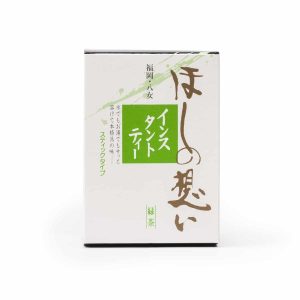
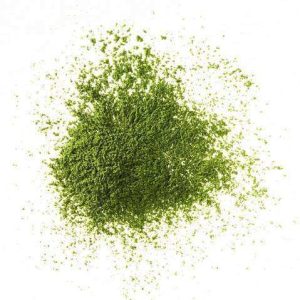
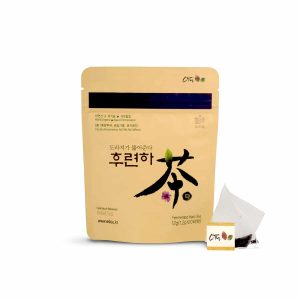
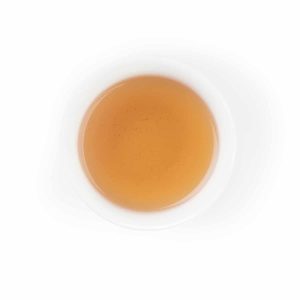
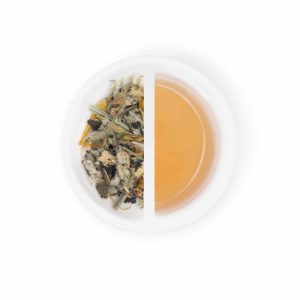

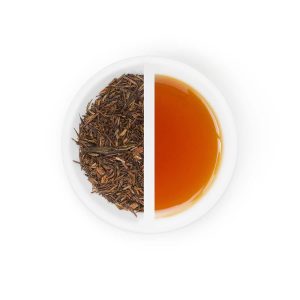

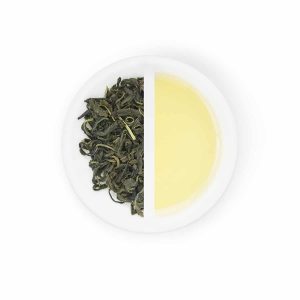

Get exclusive news and promotions delivered straight to your inbox. Also, look forward to ongoing inspiration on new ways to use tea, such as cold brewing, soothing tea face masks and much more. Sign up for the newsletter here.
Sign up for our newsletter and get 10% off your first purchase.

